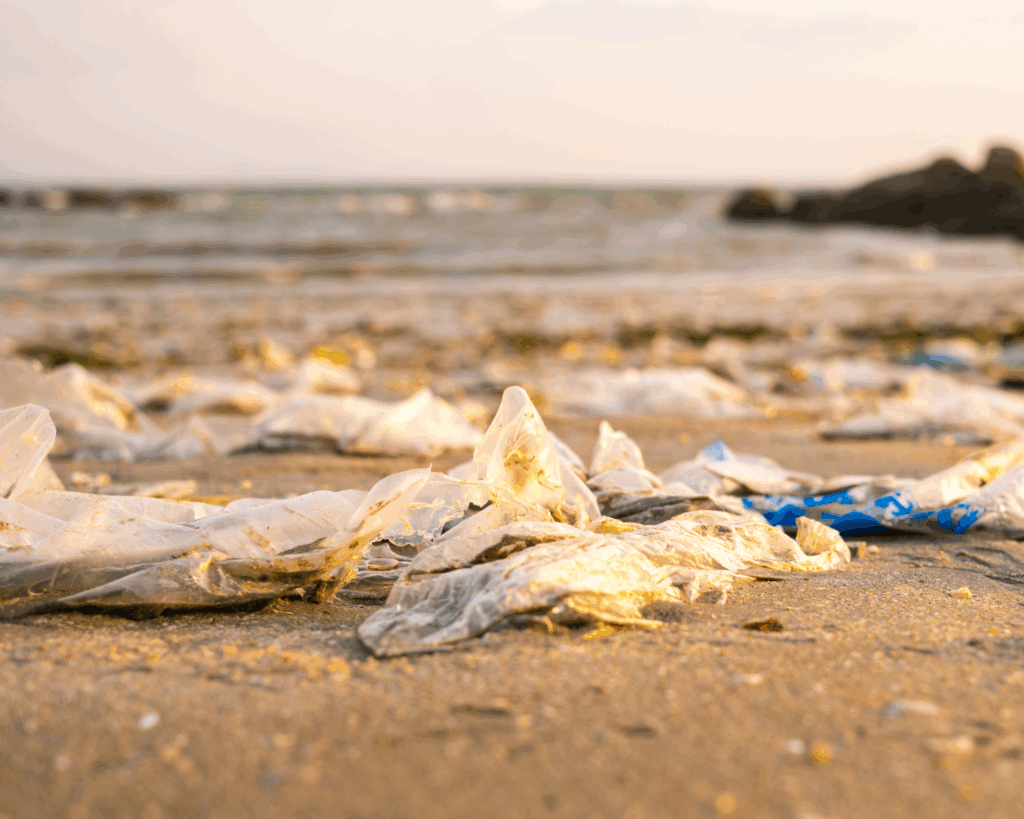Something in the Air
Researchers investigated disparities in air pollution exposure across income and ethnicity using U.S. Census Data from 1990 to 2010, following the 1990 amendments to the Clean Air Act.

Read Time: 2 minutes
Published:
In 1969, Thunderclap Newman released the song “Something in the Air.” “There’s something in the air, we’ve got to get together sooner or later.” I’ve always chosen to believe that the band was referring to coming together to address air pollution.
Air pollution is linked to respiratory and cardiovascular diseases, cancer, cognitive decline, and 100,000 premature deaths in the United States annually. While pollution decreased significantly in the two decades following the original 1970 Clear Air Act, the improvement was not equal across income levels and ethnicities. Areas that were Whiter and richer became less polluted than areas that were ethnically diverse and lower income. Consequently, the burden of exposure to air pollution is not shared equally.
Jiawen Lui and colleagues investigated the disparities in air pollution exposure across income and ethnicity using U.S. Census Data from 1990 to 2010, following the 1990 amendments to the Clean Air Act. They explored six pollutants: carbon monoxide, nitrogen dioxide, ozone, sulfur dioxide, and two types of fine particulate matter. They found that overall levels of air pollution declined substantially from 1990 to 2010. However, for all pollutants studied, people of color were more exposed to air pollution than their White counterparts. Exposure inequality was greatest for nitrogen dioxide, a pollutant that can lead to reduced lung function and greater risk of asthma.
The graph illustrates the relationship between levels of nitrogen dioxide (NO2) and the proportion of residents of color in a census block. The thicker portion of the line represents the majority of the census block groups. The diamond icon represents the value in the middle of the distribution of air pollution. Although overall levels of NO2 decreased significantly by 2010, levels of NO2 increased in concert with the proportion of ethnic minority residents across the three decades analyzed in this study.
Pollution sources have continued to be located near disadvantaged communities.
Historically, people of color have been at a higher risk of nitrogen dioxide pollution than White people, and this trend has continued despite the improvements due to the last expansion of Clean Air Act more than three decades ago.
Databyte via Jiawen Liu, Lara P. Clark, Matthew J. Bechle, Anjum Hajat, Sun-Young Kim, Allen L. Robinson, Lianne Sheppard, Adam A. Szpiro, and Julian D. Marshall. Disparities in Air Pollution Exposure in the United States by Race/Ethnicity and Income, 1990–2010. Environmental Health Perspectives 2021.



